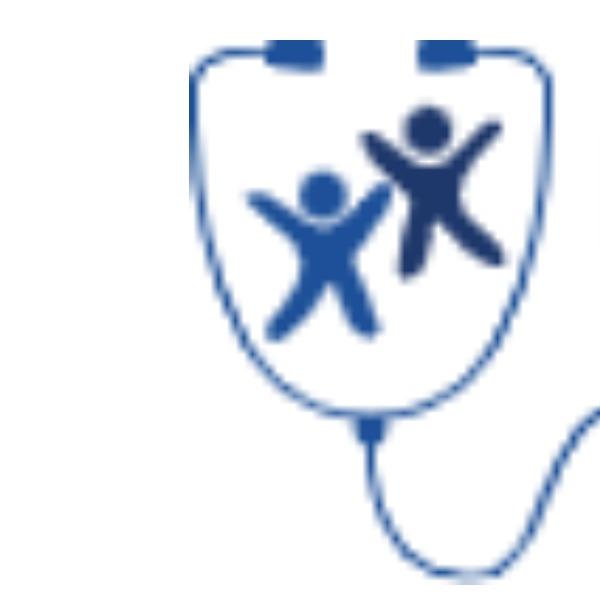Bicuspid Aortic Valve in Children: Symptoms, Diagnosis, and Treatment
Bicuspid aortic valve (BAV) is one of the most common congenital heart valve diseases in children. Normally, the aortic valve has three cusps, but in BAV, it develops with only two. This condition can cause blood flow imbalances, placing extra strain on the heart over time.
What is Bicuspid Aortic Valve?
The aortic valve allows oxygen-rich blood to be pumped from the heart’s left ventricle to the body. BAV is a structural abnormality present from birth, and while it may not cause symptoms in early childhood, it can lead to complications such as aortic stenosis (narrowing) or aortic regurgitation (leakage) later in life.
What Are the Symptoms?
Children with BAV often show no symptoms, and the condition is usually detected when a heart murmur is heard during a routine examination. However, in some cases, the following symptoms may occur:
- Fatigue during physical activity
- Chest pain
- Shortness of breath
- Dizziness or fainting
- Heart murmur
How is BAV Diagnosed?
Bicuspid aortic valve is diagnosed by a pediatric cardiologist through a physical examination and echocardiography. In some cases, advanced imaging techniques like MRI or CT angiography may be used for further evaluation.
Treatment Methods
The treatment for BAV depends on whether the valve has significant narrowing or leakage:
- Regular Monitoring: Many children require only periodic check-ups if no severe symptoms are present.
- Medication: If necessary, medications may be prescribed to control blood pressure or support heart function.
- Interventional or Surgical Procedures: If the valve becomes too narrow or leaky, procedures such as balloon valvuloplasty or valve replacement surgery may be required.
Conclusion
Bicuspid aortic valve in children may remain asymptomatic for years, but regular follow-ups with a pediatric cardiologist are essential to detect and manage potential complications early. Ensuring proper monitoring and timely intervention can help maintain a child’s heart health in the long term.

 13 March 2025
13 March 2025


